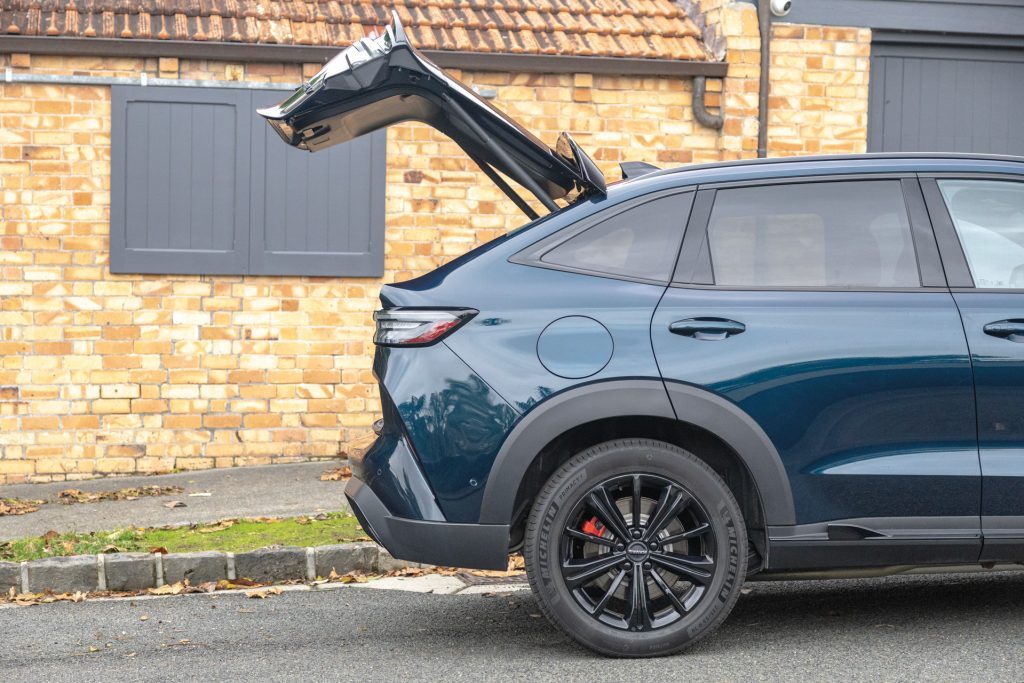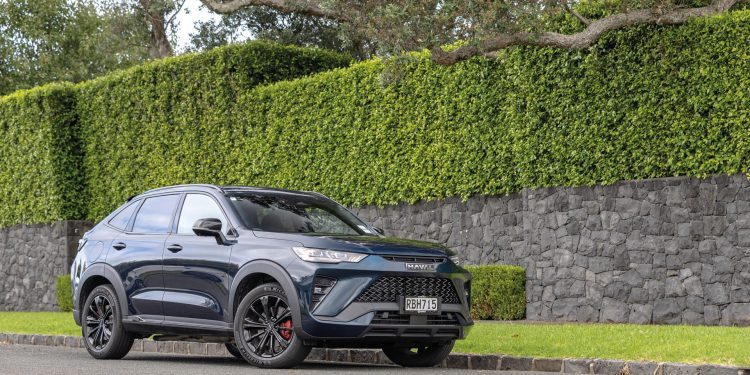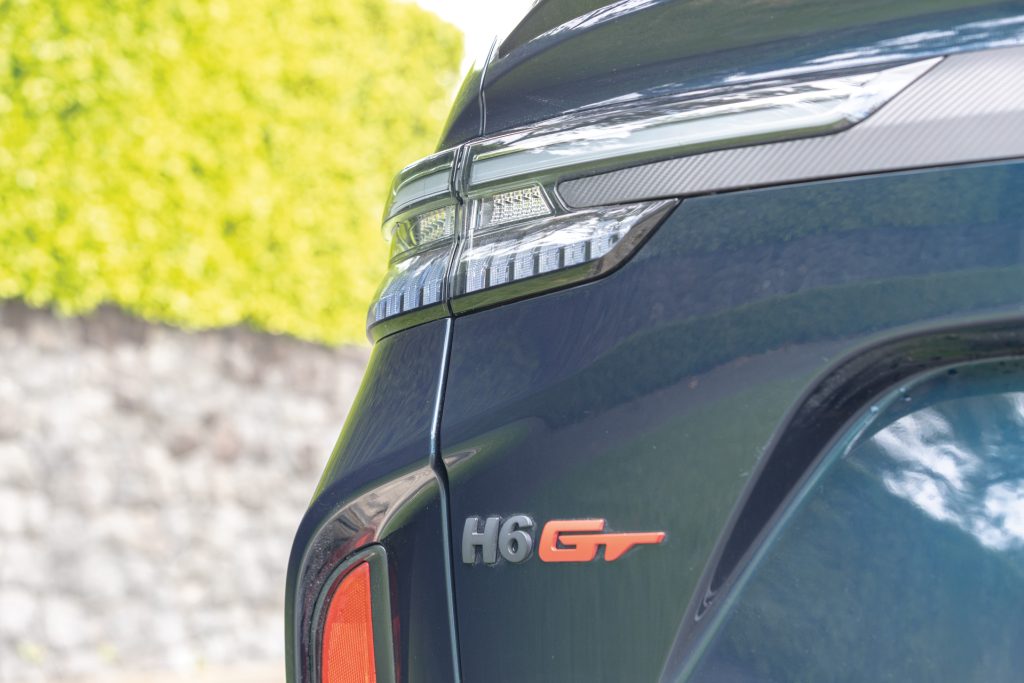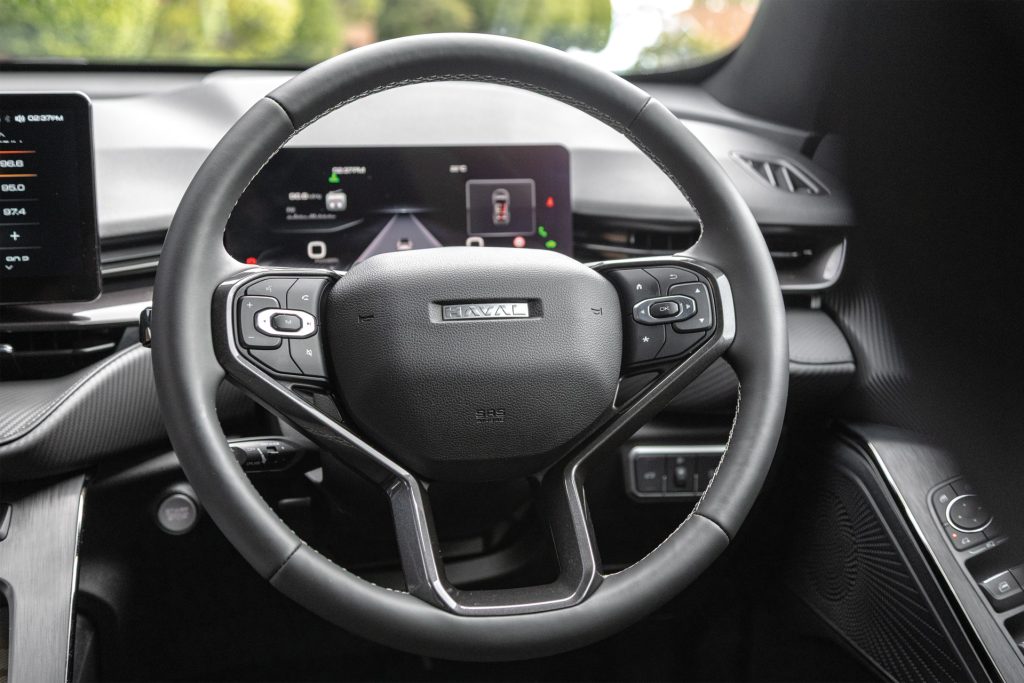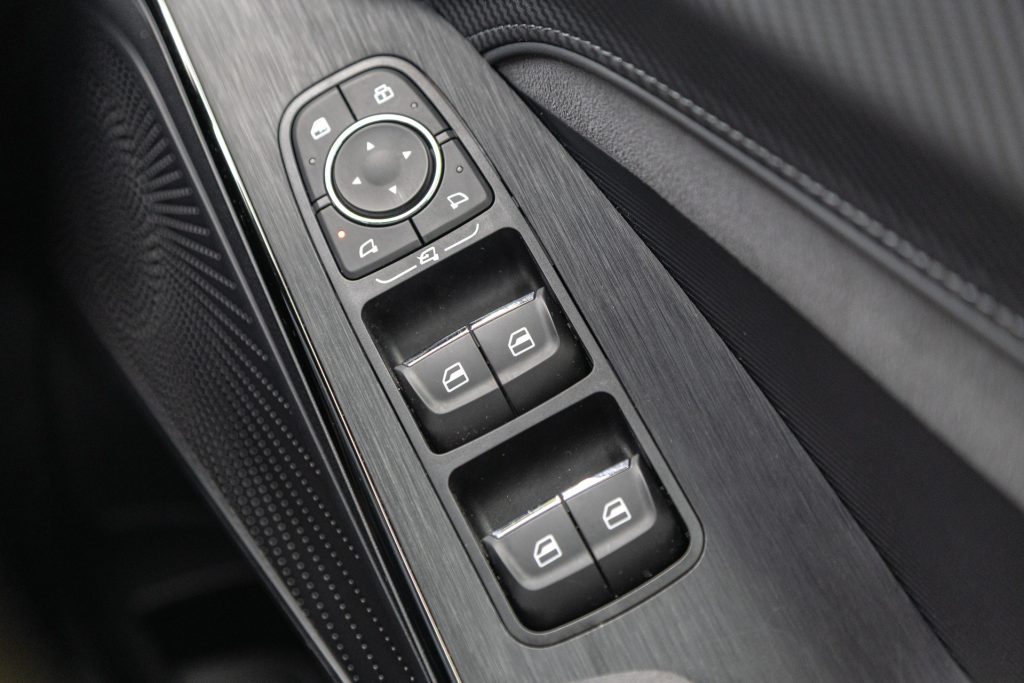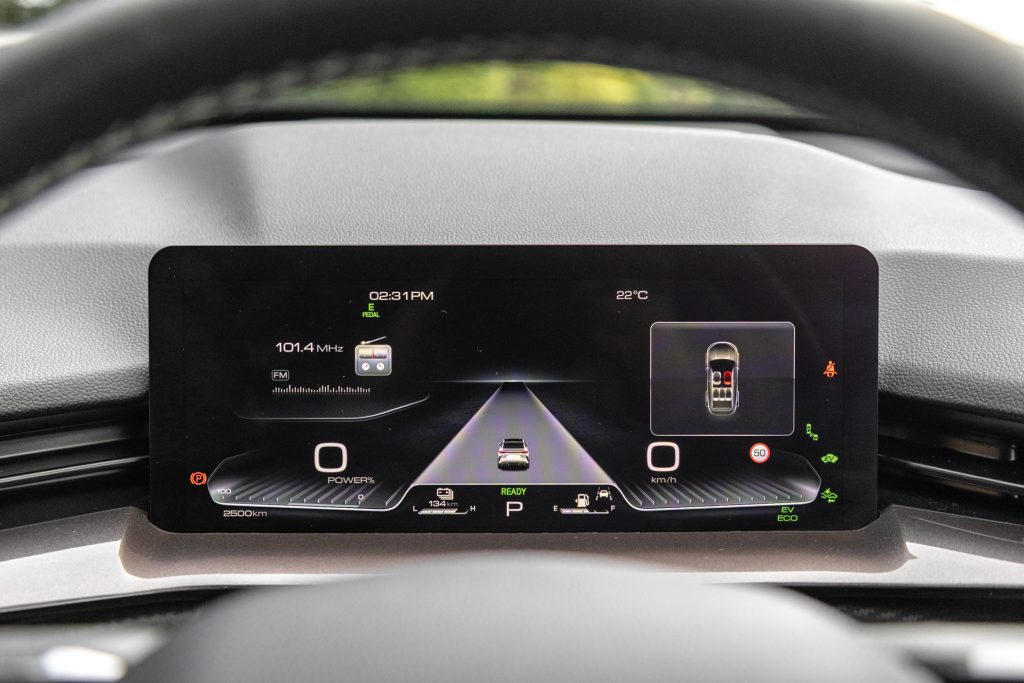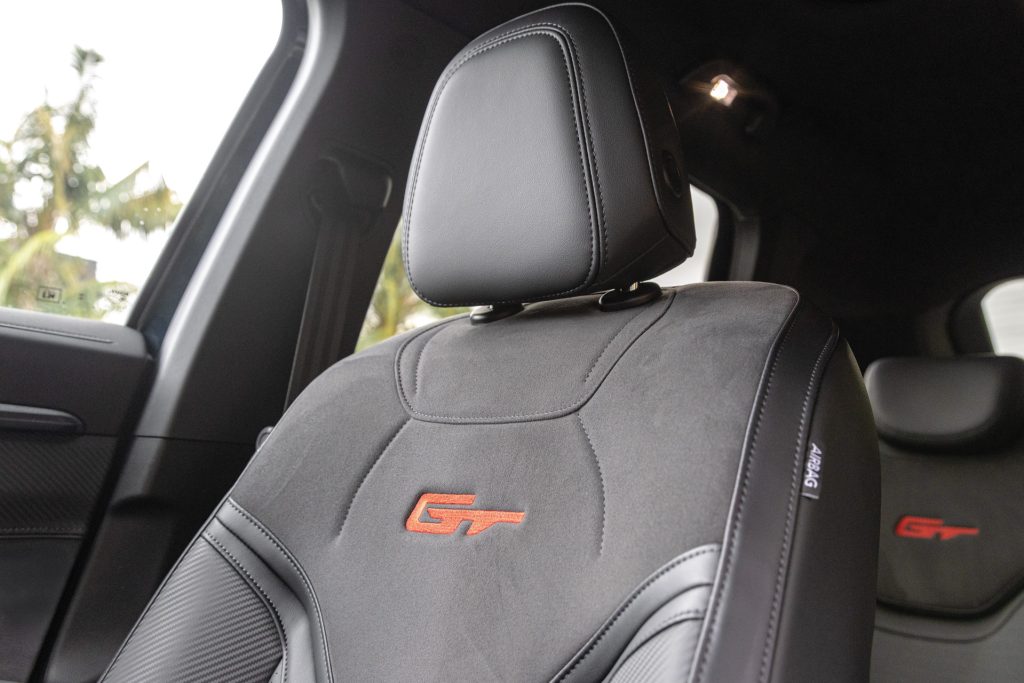2025 GWM Haval H6 GT PHEV Review’
Words: Peter Louisson | Photos: Alex Schultz
PHEVs are going gangbusters in some parts of the world where EV range is now well over 100km. How does Haval’s first effort rate?
Range is critical in an EV, and likewise PHEVs, it would seem. The average PHEV range increased from 50km in 2019 to 80km in 2023. This year it will be higher again. Why? Because of the likes of this Haval H6. The Chinese are going bonkers on PHEVs. Thanks to that, there are now several PHEVs on sale here that offer over 100km of EV range. Some in China offer 245 to 300-odd km.
This H6 GT PHEV is Haval’s first example, offering 180km of electric travel from its substantial 35.4kWh battery pack. That’s serious range, especially given it sells for $58,990. Pricing is similar to Mitsi PHEVs but there’s over double the range. Fact is, there’s enough EV potential for a week of in-town motoring. That means you can recharge it on a Friday night before a long weekend away, and have roughly 1000km of range at the ready. A quick 91 refill gives another 800.
What about a battery refresh?
And sensibly there’s always electric power to help with overtaking because the system never lets the battery charge sink below 15 per cent. It also allows you to save the energy stored in the battery for urban use if you want.
And you can recharge on the go, using the engine as a generator. Though it would seem they prefer you not to as it’s not that straightforward to activate. Alternatively, you can plug in to a 48kW fast charger. It takes half an hour to replenish the battery from 30 to 80 per cent. A 7kW wall charger will do the job in three hours. Or 12 hours on a portable charger.
So it all sounds rather peachy for those who just cannot be bothered with on-the-road recharging, or don’t want EV range anxiety.

The downside of a PHEV is using the engine too much. With most PHEVs, you can gobble up the limited EV range on day one. People then forget to recharge each night. When you run them like that, fuel economy won’t be great. That’s because the engine is tasked with propelling something much heavier. The H6 PHEV is 400kg up on its petrol equivalent (2075kg kerb weight). With much greater EV range, that gives you plenty of time to decide when you are going to plug in again. And then you’ll only use the engine on long jaunts. In the urban setting, GWM suggests overall fuel use of 0.8L/100km (rightcar 1.0L/100km). It’s around 5.4 otherwise.

Any other downsides then?
This isn’t quite as dynamic as the regular ICE-power H6 models, despite decent Michelin Primacy rubber and its AWD status. It can be a bit squirrely in the wet. GWM has fettled the suspension for the increased weight to make it ride appropriately, which it really does. Brakes are uprated too but have an odd pedal feel. No mind, because high-level recuperation does most of the braking for you.
We found the central IFT control screen disappointing. Repeated jabs and stabs were often needed, and it’s a bit slow. Moreover, the layout is messy. Its saving grace is a pulldown menu for things you might want to turn off frequently. And voice control; use that when you can.
While this H6 is mercifully free of warning bongs, it makes one loud one when you start it up and set off. Why is unclear, and no, you cannot cull it. The wheel spokes are oddly placed too, forcing a 10 past 2 hand position.
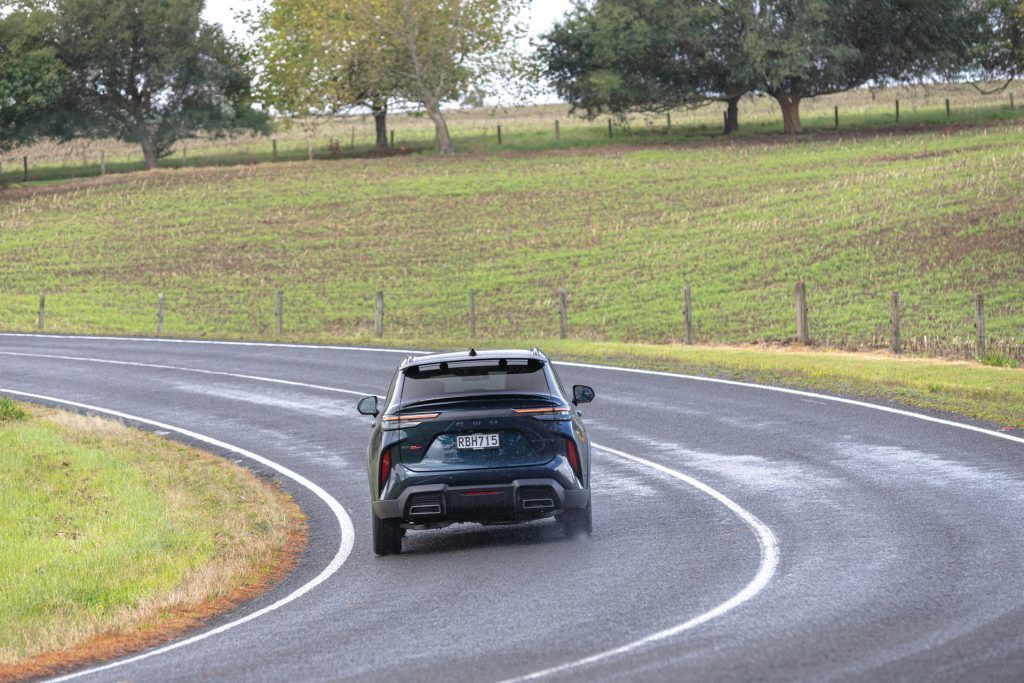
Can it go?
Can it ever! This can really tramp. That’s the result of having a motor for each axle and a turbopetrol engine. Overall system output is 342kW and 762Nm. Strewth, that’s a heap of grunt for a car costing this much. It can hit 100km/h in just under 4.9sec with LC and needs just over 3sec to jet from 80-120. It would be even quicker if the hybrid two-speed transmission didn’t dither between first and second.
Practically speaking this is sound. There’s genuinely decent room for five grown-ups. And luggage capacity is 392-1390L. That’s the same as for the Ultra GT AWD upon which it is based.
The Haval H6 range gets more, however, 560-1485L, if luggage capacity is a big deal. Same with towing. The PHEV is good for 750-1500kg, while the H6 petrol can haul 2000kg of braked trailer.
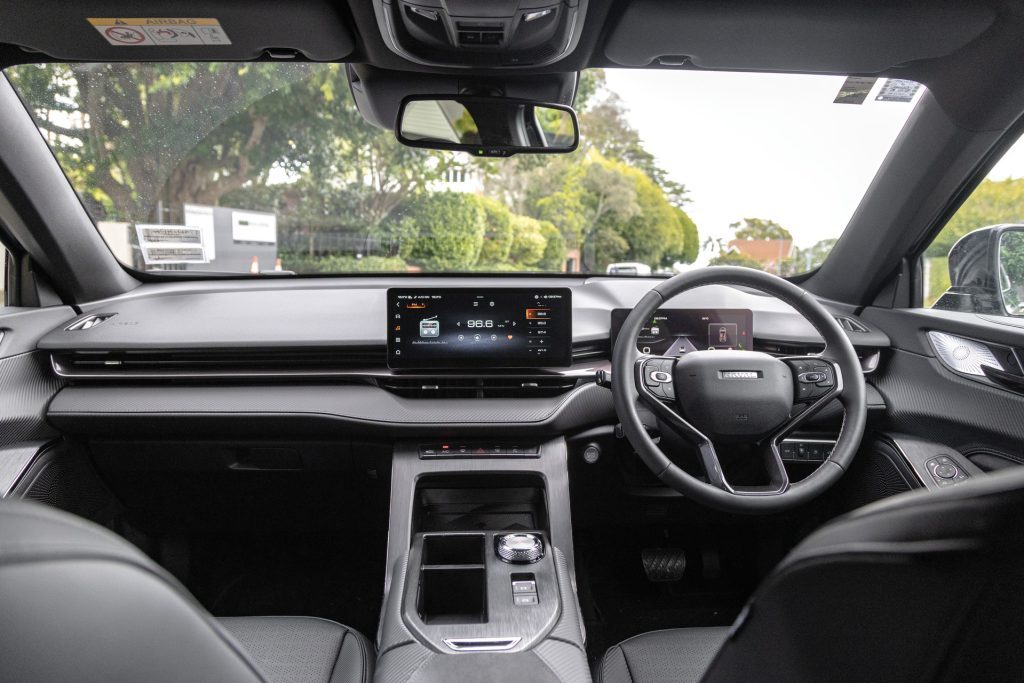
What else?
Surprise and delight items include powered, heated and vented seats that are really comfy, a head-up display and surround camera. The overall shape is appealing too, though the rear window is tiny, and has no wiper. But the resolution from the reversing camera compensates.
With all the new energy brands incoming, it is Leapmotor’s C10 REEV at $49,990 plus ORCs that is the Haval’s main rival. Sure, it has slightly less EV range (145km) but most will likely find that’s enough for a week of urban travel. It’s nowhere near as quick, however. The 0-100 claim is 8.5sec because the engine acts only as a generator for the battery. So it is reliant on its lone 158kW/320Nm motor for go power. If you want serious performance, and ridiculously low fuel use, go for the Haval which comes with a seven-year/unlimited km warranty.
GWM Haval H6 GT PHEV
$58,990 / 0.8L/100km / 19g/km
0-100 km/h 4.82s
Engine 1500cc / IL4 / T + twin motors
Max power 321kW
Max torque 762Nm
Weight (claimed) 2075kg
